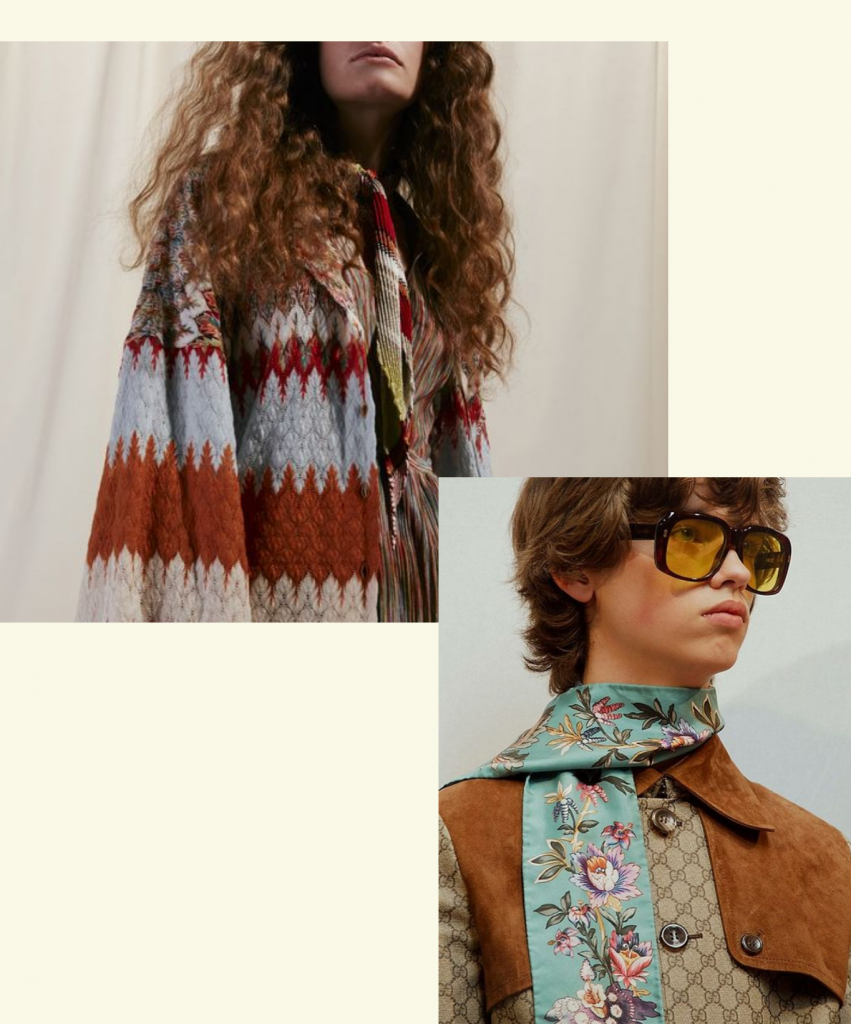⠀
Let's remember the most iconic prints of the world's houses.
These designs on fabric received their “ticket to eternity”, becoming not only classics, but also the calling card of the brands.
They remain relevant and recognizable regardless of time and fashion trends.
Keep reading our atricles to learn more about it!











